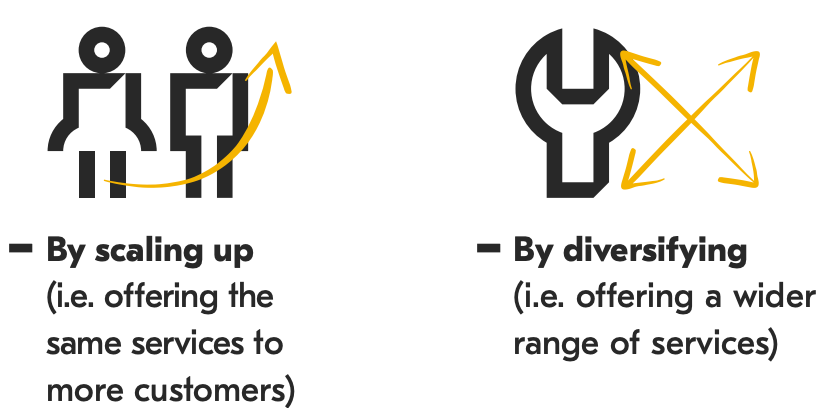Benefit #3: Improving accuracy & efficiency
Even the most diligent employees make occasional mistakes – it’s part and parcel of being human. Multiply the number of errors an employee makes in a given year by the number of people in your team or organisation, and it’s easy to see that these mistakes are costing your business time and money. Unfortunately, as your business grows in size and complexity, so too does the propensity for errors. And in complex information environments, finding errors is more time-consuming and costly.
Automation greatly reduces the risk of human error – after all, a machine’s concentration and energy never wavers. There are many tasks, such as data transference, that can be performed by automated technology at much greater speeds and accuracy than by humans.
In fact, as much of 33%-40% of employees’ daily tasks are considered manual and repetitive, making them a good fit for automation. If even half of these tasks were automated, organisations would see a noticeable uptick in staff performance and productivity.






